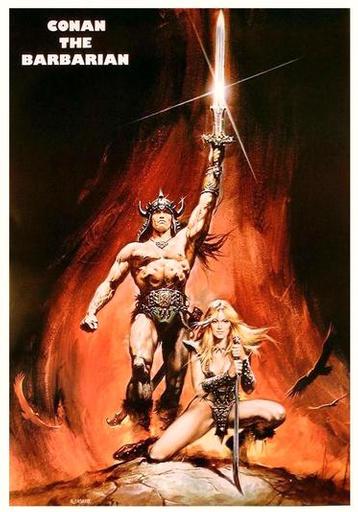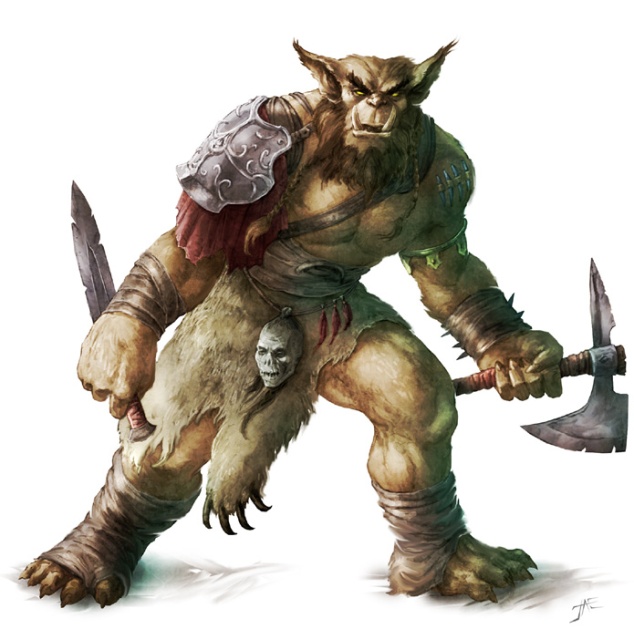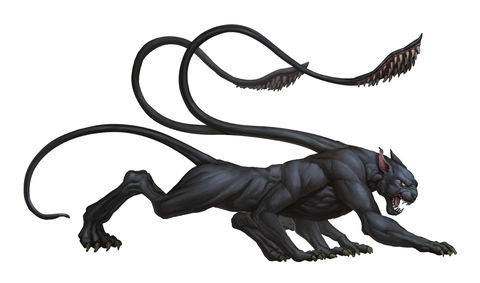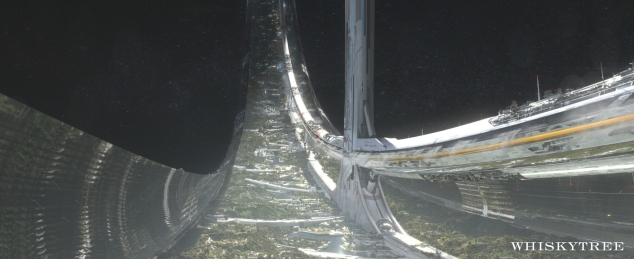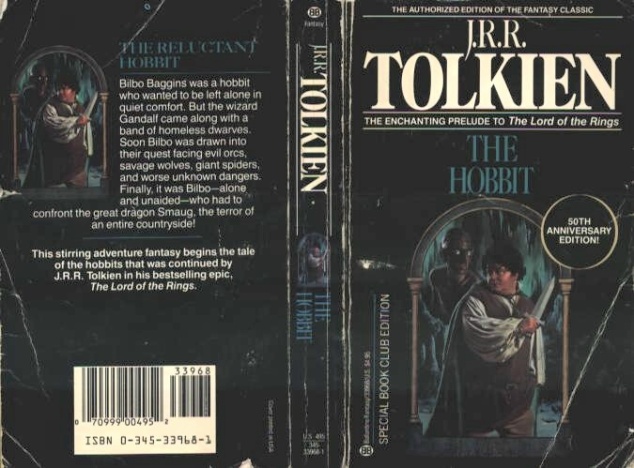
Art by Dick Bobnick
I’m a big fan of James Bond, have been since I was a kid. Having recently repurchased the complete Criterion collection of all 24 films, I thought I would do a rewatch of them all and break them down a bit, one blog post at a time.
A couple caveats: I have only read a couple of Fleming’s original novels, and so I won’t be doing any direct comparisons of the films to their literary counterparts. I’ll also only be covering the Eon films, so that means no spoofs, spin-offs, and no Never Say Never Again.
Having said that, let’s get into it!
THE MOVIE: Diamonds Are Forever, released in 1971 and directed by Guy Hamilton, who also directed Goldfinger (previous) as well as two future Bond films. Written by Richard Maibaum and Tom Kankiewicz. This is one of the few Bond novels I actually read, and so I can point out a few fundamental differences: namely, that Blofeld got kind of shoehorned into the film as the Big Bad mastermind (this is the film that follows Blofeld ordering the hit that murders Bond’s wife, after all), and that it is a LOT more action packed.
The plot centers around James Bond being tasked with infiltrating a smuggling ring, only to find that it has greater ties to his old nemesis, and a much more dangerous plot to the world, including developing laser weapons.
THE BOND: Sean Connery! Connery famously retired from the role after You Only Live Twice, but George Lazenby’s agent convinced him to do a one-and-done with On Her Majesty’s Secret Service, confident that the Bond franchise was on its way out in terms of relevance. Connery’s return was 4 years after his last portrayal of Bond. He was 32 years old in his first portrayal (Dr. No), 37 in You Only Live Twice, and 41 in Diamonds Are Forever. His hair is noticeably thinner (as it always been), he’s a bit paunchier, and he’s slower both in his line delivery and his movements. It ALMOST looks like he doesn’t want to be there, but he needed the money and the studio offered a lot of it, and there is a certain charm in seeing him return to the role he made relevant. This would be his final turn as James Bond with Eon studios. He portrayed James Bond six times with Eon and one time with another production company (Never Say Never Again, a remake of Thunderball, in 1983 when he was 53 years old), and for many he IS James Bond.
THE GIRLS: There are two main Bond girls in Diamonds Are Forever, although special shoutout to Trina Parks as henchwoman Thumper, for beating the living hell out of James Bond.
But more important to the plot are Lana Wood’s Plenty O’Toole, a gambling woman with an eye for rich men (and one of the cheekier ridiculously named women in the franchise), and Jill St. John’s Tiffany Case, a diamond smuggler who gets in over her head with the deadly organization at the plot’s center.
Tiffany is a fantastic character, a highlight of the film. She is funny and set in her ways until she realizes her ways will absolutely get her killed. She was isn’t as deadly as Goldfinger’s Pussy Galore, or as dramatic as OHMSS’ Tracy di Vicenzo. She’s a survivor, who knows how to make ends meet and get by and who occasionally finds herself in dire straits.
THE VILLAINS: Eschewing the Spang brother villains of the novel, the film puts Ernst Stavro Blofeld forward as the main villain, the third real film to do so. He is, after all, head of SPECTRE, the great criminal organization and the man responsible for Bond’s greatest losses. He is played here by Charles Gray, who is a stupendous actor but unfortunately follows a much more dynamic and threatening performance in the same role by Telly Savalas.
Blofeld’s main henchmen this time around are holdovers from the book: Bruce Glover and Putter Smith as Mister Wint and Mister Kidd, a pair of sadistic killers implied to be in a relationship with each other. Maybe I just like hitmen characters, but they were a fascinating part of the film as they went about their business clinically, efficiently, and enjoying themselves.
There is also Joseph Furst, who plays the SPECTRE-funded laser refraction scientist Doctor Metz.
Credit also to Jimmy Dean’s Willard Whyte, a rich, socialite sort who gets manipulated and used by SPECTRE. He’s not the most willing villain, but he’s used for nefarious purposes. Bruce Cabot plays his villainous casino manager Bert Saxby, in what would be Cabot’s final film performance.
THE LOCATIONS: Part of the reason Guy Hamilton was brought in to direct was because the studio wanted a Brit who could capture the British way of their British characters, but also someone who was familiar enough with America/Americans to capture the scene in authentic way. As the film centers around a diamond-smuggling conspiracy, the bulk of the film was shot in the locations the diamonds were to have originated from and gone to: the Netherlands, and Las Vegas.
There is a ton of cinematography set in the Dutch countryside and the Vegas strip, a lot of scenes in nice establishments. It’s not the most glamorous Bond film, but it does a good job conveying the idea of precious stones coming from a more humble source to be funneled to a glamorous den of crime and lavishness.
There were also extensive shots in England, of course, as well as some filming in Chicago, California, and France as needed.
THE CARS: With so much of the film set in America, there are a lot of Chevrolets and Cadillacs, Dodges and Fords featured in the film, including a 1968 Cadillac Funeral Coach Superior Sovereign Laundaulet for a particularly gruesome smuggling sequence. The 1968 Aston Martin DBS makes a brief appearance. The 1970 and 1971 Ford Customs are featured prominently throughout in a number of different types of appearance. There is also a beautiful red 1971 Ford Mustang Mach 1. There is a particularly thrilling chase on some Honda ATC 90s, a moon buggy made just for the film, and more. You can find a full list here.
THE GADGETS: After the grounded reality of On Her Majesty’s Secret Service, Diamonds Are Forever returns to the realm of gadget-heavy spy fiction. Blofeld utilizes both extensive and futuristic plastic surgery to create doubles for himself (triples? More?), as well as healing mud baths and a futuristic personalized escape submarine.
Bond uses a mousetrap/finger trap device in the inside of his coat as a lure for people trying to disarm him. He also has a grappling hook (he used a similar one in Goldfinger), a voice changing device, and an aqua zorbing sphere to survive and travel underwater.
Q also devised an electromagnetic RPM controller device, ostensibly to cheat at the slot machines, whereas Tiffany Case has her own method of getting rich via a transportable fingerprint machine.
THE MUSIC: John Barry returned for his sixth time scoring a James Bond film. The Bond theme was done in electric guitar as a sort of celebration for the (brief, one-time) return if Sean Connery in the role.
Shirley Bassey ALSO returned to perform the title track, having done so once already for Goldfinger. This time she performed Diamonds Are Forever, the lyrics written by Don Black. In addition to being a beautifully crafted and performed piece on its own, it is probably also, maybe even more famously known as being sampled for Kanye West’s track “Diamonds From Sierra Leone.”
THE SUPPORT: Desmond Llewelyn returns as the gadget-crazy quartermaster Q, and Bernard Lee as Bond’s handler and the head of MI6, M.
Lois Maxwell returns as Moneypenny, briefly. She had been holding out for a pay increase and was originally not going to be included in the film, but as it was Connery’s return to the role, her inclusion was decidedly important. Her single scene was written in late in the production, and her lines included qnd shot separate from Connery’s own. Her last onscreen interaction with Connery was actually in You Only Live Twice.
Norman Burton puts in a solid performance as Felix Leiter, making him the fourth actor in four appearances as the character. He isn’t as charming as Jack Lord, nor as bureaucratic as Cec Linder. At this point, I think Rik Van Nutter did the best job.
Leonard Barr plays Shady Tree, a comedian/smuggler. His role is a bit more expansive in the novel, but he literally saves Bond’s life in the film, so his importance can’t be understated.
The same can be said for Joe Robinson’s brief turn as Peter Franks, a smuggler whose identity is integral to Bond’s mission.
FINAL THOUGHTS: Diamonds Are Forever is critically divided, and I think that’s probably deserved. The plot goes from grounded to ridiculous, the villain of the past films is shoehorned in to give Sean Connery some closure. Connery doesn’t act like he really wants to be there, though he still exudes charm when he wants to. The gadgets are fun, but coming off a solid, gadget-free story in On Her Majesty’s Secret Service, it feels almost campy.
Charles Gray is a good actor whose Blofeld doesn’t measure up to the weirdness of Donald Pleasance’s or the menace of Telly Savalas’. But the music is killer, the Bond Girls are memorable and properly fleshed out, the action sequences are fun, and Wint and Kidd are fascinating villains.
You Only Live Twice was a fine send-off for Connery. He didn’t need to return for this film, but he did, and it was a middling result with some high moments.
OTHER BOND BREAKDOWNS:








